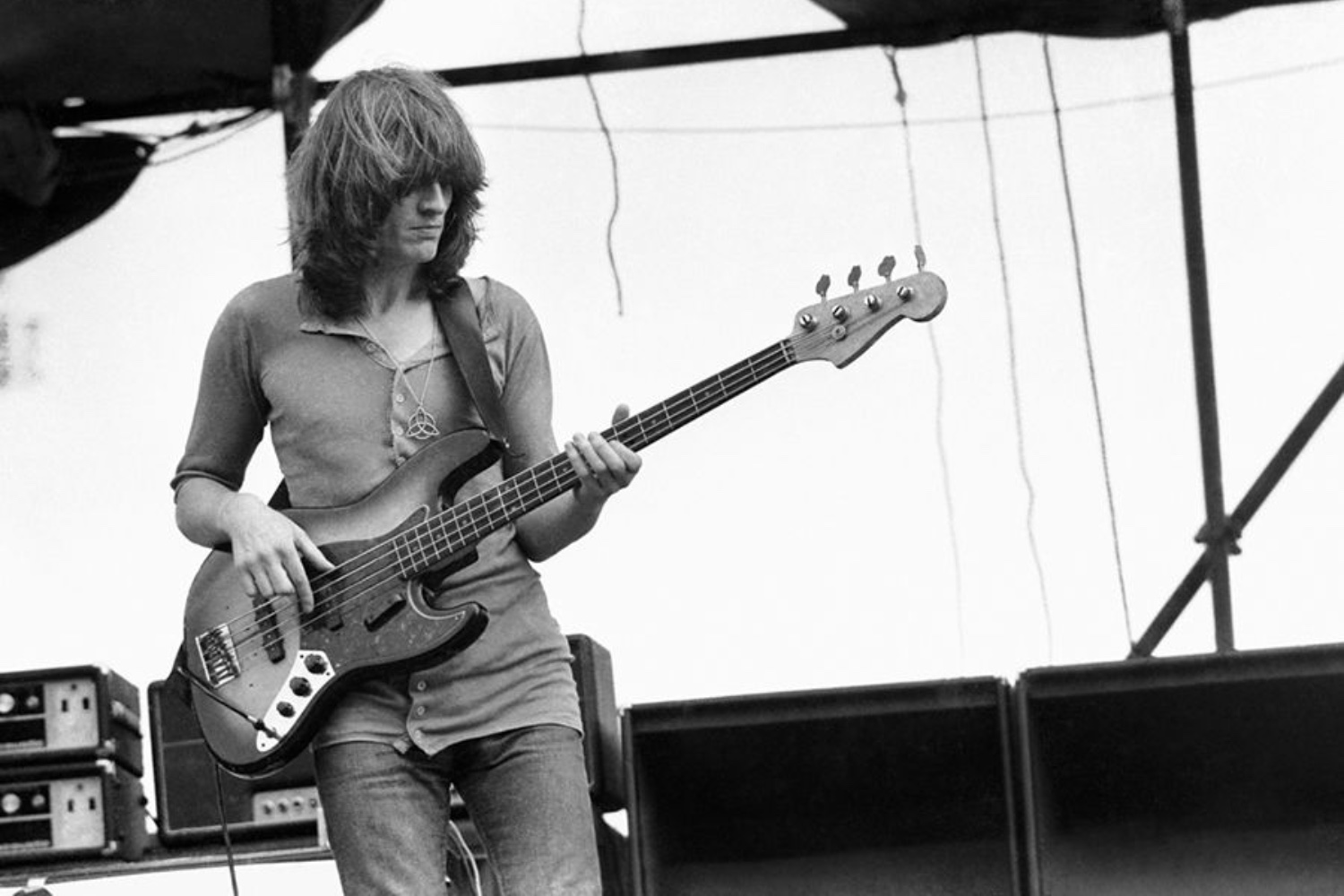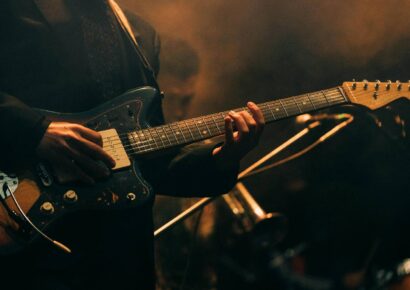Few bassists are as legendary as John Paul Jones of Led Zeppelin fame.
Widely regarded as one of the most influential bassists of all time for his work with Led Zeppelin, John Paul Jones is a masterful multi-instrumentalist and appears on dozens of artists’ records, with his work ranging from playing on Donovan’s ‘Sunshine Superman’ to writing the string arrangements for R.E.M’s Automatic For The People.
Over his long career, Jones has been at the forefront of several new movements in music, with his arsenal of gear playing an important role in creating different musical textures.
Ranging from his trusty Jazz Bass to the Moog Taurus, we take a look at the equipment used by John Paul Jones throughout his career.
Revisit other Gear Rundowns from the archives here.
John Paul Jones Bass Guitars
1962 Fender Jazz Bass
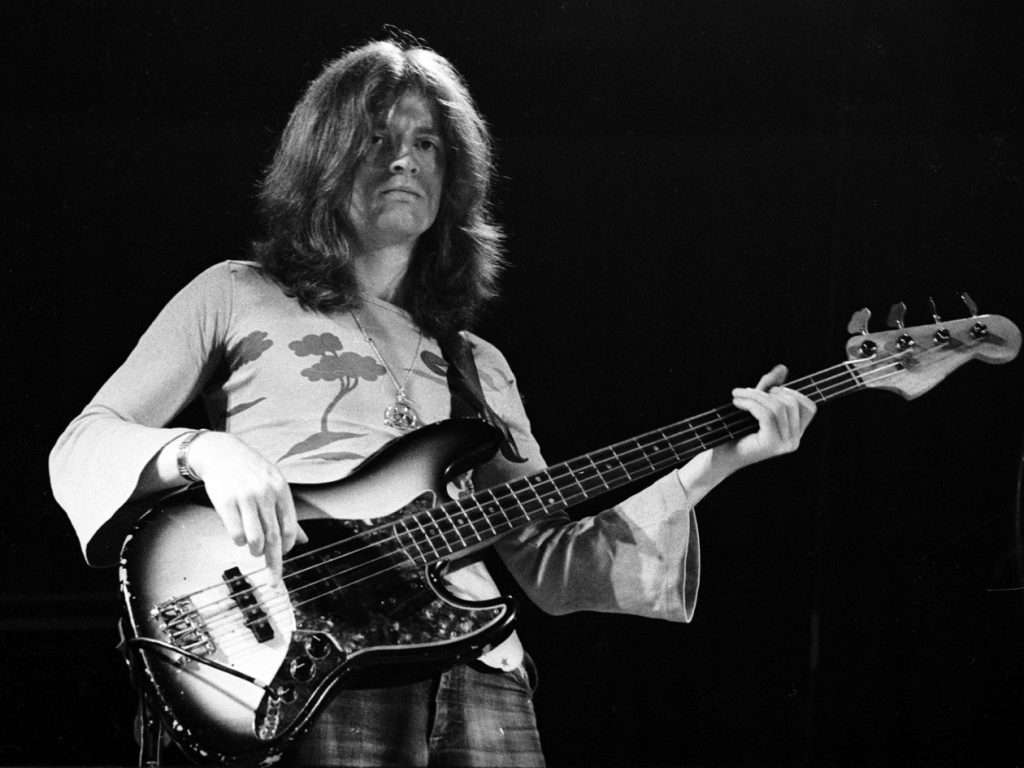
Bought for $250 to keep up with his heavy load of work as a session musician, Jones’s sunburst Jazz Bass was his main axe for his work with Led Zeppelin.
Jones used this bass on almost every Led Zeppelin track live and in the studio up until 1975, where he had to retire the instrument due to issues with the action and electronics.
Later on, JPJ would revive his love affair with the Jazz Bass for his work in the studio with Them Crooked Vultures, and would occasionally bring it out for live appearances. He’s also been spotted playing a Fiesta Red finished model, as well as a Fender Telecaster Bass with the supergroup.
Alembic Series II JPJ

Upon retiring his trusty Jazz Bass, Jones began endorsing Alembic basses, particularly using a four string Series II as his preferred live instrument in Led Zepp’s final years.
Jones also has a custom made eight string variant of the Alembic Series II, with its distinctive low end growl being heard on the epic Presence cut ‘Achilles Last Stand.’
1967 Fender Bass V
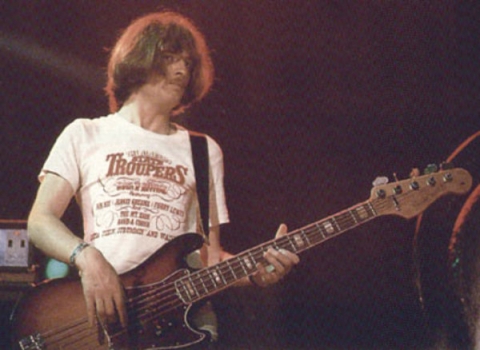
A bit of an oddity manufactured by Fender between 1965 and 1970, the Bass V was an early five string bass, featuring a meagre 15 frets and the tuning of EADGC. Jones used his Fender Bass V while touring in 1973 for songs such as ‘Over the Hills and Far Away,’ ‘Heartbreaker,’ and ‘The Song Remains The Same’.
In a 2012 interview with Dave Lewis, Jones later called the Fender Bass V ‘the ugliest bass guitar in the world’. Let’s face it – he’s not far from the truth.
Fender Bass VI
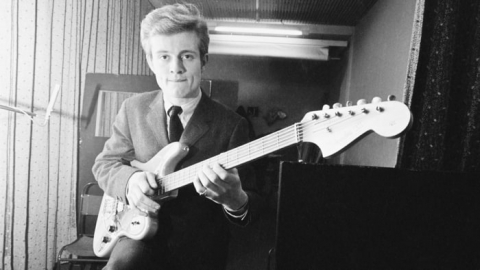
A slightly more recognisable foray from Fender into the worlds of bass and guitar, the Fender Bass VI was essentially an early baritone guitar tucked into the body shape of a Jaguar.
While it’s not known whether or not Jones used his Bass VI with Led Zeppelin, this picture from 1965 indicates he used it on the various session recordings he was playing on at the time.
Manson E-Bass John Paul Jones Signature
When Led Zeppelin briefly reunited in 2007 for a one-off charity gig at London’s O2 Arena, Jones rocked a custom made E-Bass created by Hugh Manson, the go-to guitar guy for Muse’s Matt Bellamy.
Fitted with necessities such as a BadAss II bridge, Hipshot D-tuner and active EMG pickups, Jones’s Manson signature bass was also used on tour with Them Crooked Vultures in 2010, and just this year, Manson released a version to the public, which you can check out here.
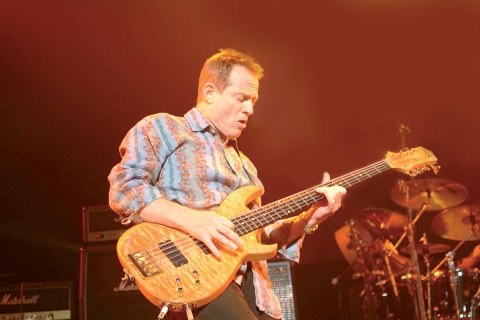
Manson also created three other bass guitars specifically for Jones to use live with Them Crooked Vultures. The Manson JPJ 10 String Custom, featuring five doubled strings and a stereo output, can be seen in various images and videos from their 2010 tour, while a 12-string bass made with Australian Blackwood can be heard on the record.
However, the real weirdo of the bunch is this monstrous lap steel bass guitar. Dubbed the ‘Lapaphone,’ Jones’s bass lap steel features eight strings, an XY touchscreen MIDI controller, a Fernandes Sustainer pickup, and a Hipshot Trilogy bridge, allowing Jones to switch between three different tunings on the fly. You can see Jones play the instrument in the Them Crooked Vultures track ‘Nobody Loves Me and Neither Do I.’
Amplifiers
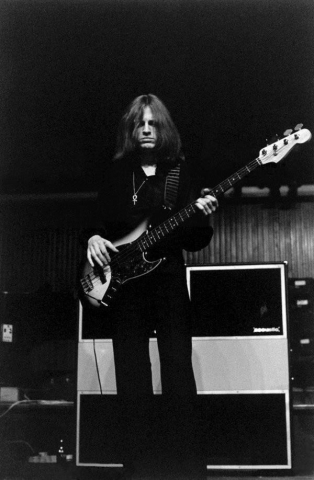
In his Led Zeppelin days, Jones predominantly used an Acoustic 360 bass head paired with a 361 cabinet.
This legendary combination became the revered stack of choice for bassists in the ’70s, however, it fell out of favour when the amps backbreaking weight became a little too much for musicians to cart around to gigs.
These days, you’re more likely to find Acoustic bass amps in the studio, where engineers can blast its tone to the maximum to hit that sweet spot.
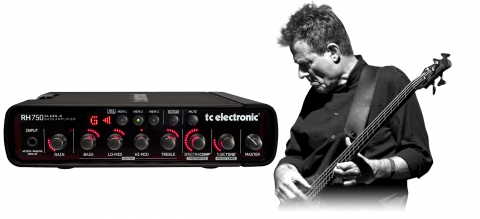
Nowadays, Jones endorses TC Electronic gear, using a RH750 head in conjunction with RS210 and RS212 cabinets onstage and in the studio.
Effects
When playing bass, Jones tends to rely on a dry, unaffected live signal, with most of his tone coming from decisive microphone placement and choice of amplifier.
However, when touring for Them Crooked Vultures, Jones used a Big Muff Bass Pi to replicate the distorted bass textures heard on the record, and TC Electronics list on their website that he also uses a TC Corona Chorus, PolyTune tuning pedal, and a Ditto x4 Looping pedal for both live and studio work.
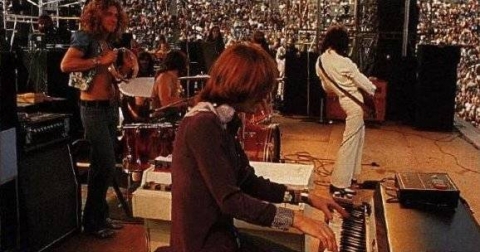
Jones also notably utilised effects units for his keyboard playing in Led Zeppelin, particularly favouring a Maestro Phase Shifter to emulate various rotary speaker sounds, which can be sitting atop of his keyboard rig in various images from 1973-1979.
Synths and Keyboards
Mellotron M400
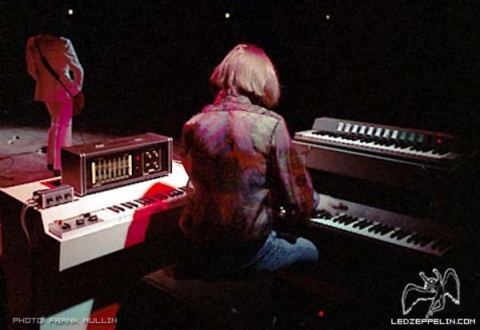
Notably heard on the introduction to ‘Stairway to Heaven’ and songs such as ‘Kashmir’ and ‘The Rain Song,’ Jones was one of the first rock musicians to employ the use of the Mellotron in a live setting.
An early predecessor of MIDI, the Mellotron operated via manipulating instrument patches, such as flute, string, and brass, which were recorded to tape and then played back through the machine.
Fender Rhodes Electric Piano
Jones used this early electronic piano in conjunction with an EMS VCS 3 Modular Synthesiser to create the modulated, warbling keyboard sounds on the Led Zeppelin epic ‘No Quarter,’ a track primarily showcasing Jones’s keyboard talents.
Live, Jones would often introduce the song with a lengthy keyboard solo often spanning 20 minutes accompanied by Jimmy Page.
Jones also used an early version of the Moog Taurus bass pedals to lay down the low end on ‘No Quarter’, highlighting his role as a pioneer of electronic instruments in a rock setting.
Hohner D6 Clavinet
On Physical Graffiti, Jones further explored his taste for funk/soul inspired grooves, using a Hohner D6 Clavinet to emulate the syncopated style of other famed players such as Stevie Wonder on tracks such as ‘Trampled Under Foot’ and ‘Custard Pie.’
Hammond C3 Organ
One of Led Zeppelin’s finest songs, ‘Since I’ve Been Loving You’ sees Jimmy Pages shred over John Paul Jones subtle keyboard textures, played on the famed Hammond C3 organ.
Jones utilised the Hammond C3 in several other Led Zeppelin songs, and it was an integral part of his live keyboard rig for many years with the band.
Korg X50
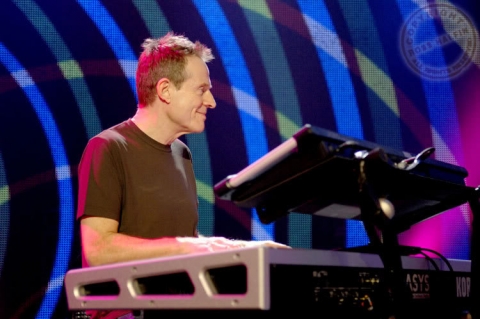
For the Led Zeppelin reunion concert in 2007, Jones played the majority of his keyboard parts on a Korg X50 synthesiser.
Folk Instruments
Manson F-Style Mandolin
While Jimmy Page is credited with playing mandolin on the Led Zeppelin track ‘The Battle Of Evermore’, Jones plays mandolin on most other Zeppelin tracks, with a particular highlight being the subtle folk style of ‘Going To California,’ a surprisingly soft and endearing track from rocks biggest hedonists.
Manson Custom Triple Neck Acoustic
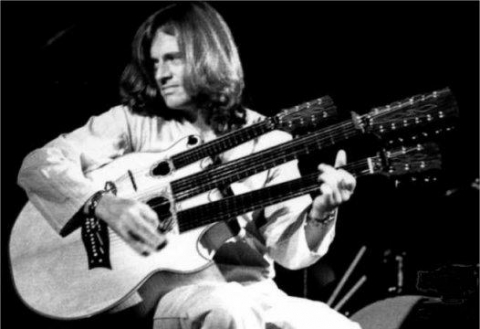
In the Led Zeppelin tradition of conforming to the excessive things in life, Jones owns a Manson custom made triple neck acoustic guitar, featuring both twelve and six string necks as well as a mandolin on top of the instrument.
Jones also owns a triple neck mandolin with an acoustic bass on the bottom of the instrument – because we all know you can never have too many necks on your instrument when you’re playing with Led Zeppelin.
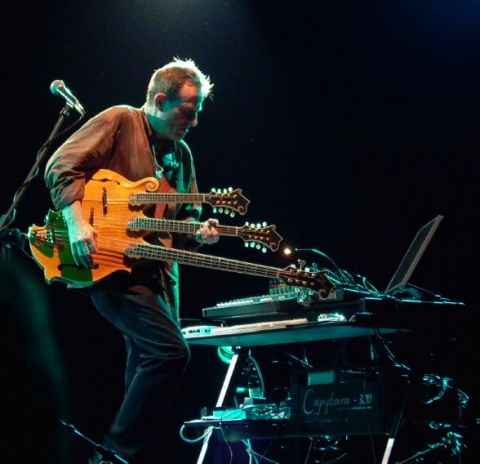
Craving more content about John Paul Jones’ gear? Head here.
